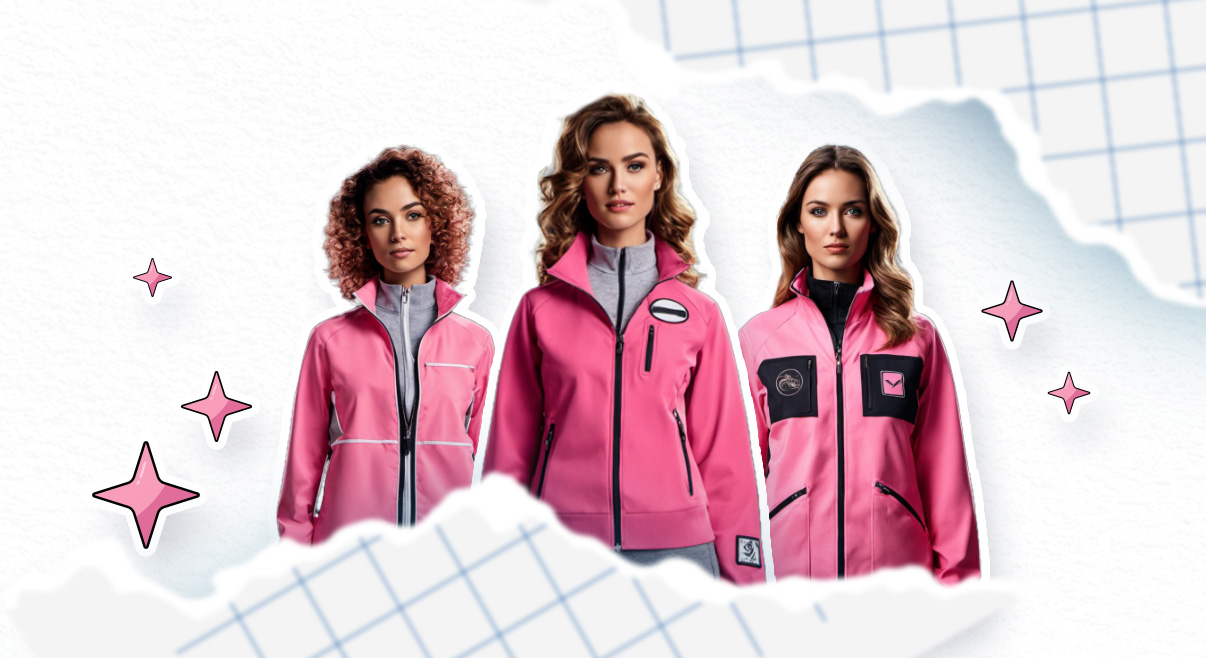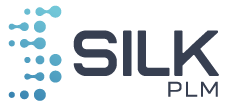Knowledge base » Articles » Artificial Intelligence (AI) in Fashion Design
AI Fashion Design: Enhancing Creativity and Order Value

AI changed the whole tech industry, naturally including the fashion sector. For fashion professionals, the toughest obstacle until lately was how to best fit consumer preferences. But what responses today’s technology offers to these challenges?
AI fashion design software integrated into PLM brings opportunities in a whirlwind. And now you can try our free AI clothing generator for free!
Understanding AI in Fashion
AI’s role in fashion goes beyond automation; it improves creativity, efficiency, and allow you to deliver better user experiences. AI tools help designers create new styles, predict trends, and personalize customer experiences. Benefits include:
- faster product launch,
- lower costs,
- more accurate trend predictions.
Many brands are already using AI solutions that have both business and image purposes
Real use cases of AI fashion design technology
- Zara uses artificial intelligence to predict upcoming trends.
- Nike enhancing the customer experience with AI.
- H&M optimizing supply chain with AI solutions.
- Tommy Hilfiger recently hosted a fashion design competition to convert the winning design into digital wear.

AI Fashion Design Software
AI fashion design tools play an instrumental part during, for example, during the inspiration stage, when designers are tasked with coming up with fresh clothing ideas.
How does the software work?
Artificial intelligence fashion design software uses machine learning to create, modify, and recommend fashion pieces. These tools assists designers come up with concepts more quickly.
Features also include real-time style creation, on-demand styling, and personalized recommendations. And this features can also be used to boost sales and improve customer engagement and customer experience.
Integrating AI Fashion Tools With PLM Software
AI fashion design tools are developing quickly, and it’s important to keep all product information safe and easy to access. PLM (Product Lifecycle Management) systems can help with this, supporting fashion brands from the start of the product’s life.
Combining AI with PLM software besides of creating better customer experience, gives real-time insights, automates repetitive tasks, and provides personalized suggestions.
Fashion companies can speed up their product setup by using artificial intelligence (AI) included into PLM systems to create visuals that provide the base for more customizing. This accelerates the creative process and makes seamless database uploads possible along with quick changes.

Even animated videos showing several creations can be produced by advanced ai fashion design tools.

5 Key AI Fashion Features in PLM Software
PLM software, combined with AI like SilkPLM, contains an integrated suite of powerful features that are the real value enhancement of fashion design. For now let’s focus on a few features that directly influence better sales.
These AI fashion design features include:
1. Silk AI Clothing Generator:
This is a tool meant for designers. This allows people to rapidly create many inspirational pictures picturing clothes they themselves would describe to the AI assistant.
2. SilkAI Stylist: Real-Time Style ai fashion design
Stylist creates styles in real-time with the clothes a user is viewing. It suggests complementary pieces, providing immediate style inspiration and enhancing the shopping experience. Which leads to an increase in the shopping cart value and sales profit
3. SilkAI StylistBot: On-Demand Style Creation
StylistBot generates styles for every piece of clothing upon user request. It offers personalized recommendations, helping users discover new looks tailored to their preferences. The full outfit can be put to the cart at once, and if buying in an actual store, it can be recommended for fitting. This allows you to integrate online and offline sales by offering to replace the absent in-store model with one available online.
4. SilkAI Complement: Enhancing Product Discoverability
Which performs a cross-selling function: it searches the collection for complementary products that visually match the clothing being viewed.
5. SilkAI Similar: Finding Similar Products
Accelerates the search for an alternative product comparable to what your clients are looking for and enables for the instant discovery of a wide selection of products without the need for lengthy filtering.
And there’s much more – AI Fashion design features!
How Our AI Fashion Design Tool Works?
It would be better if we could demonstrate for you how AI fashion design tools function with an example.
So, let’s try for example – modern leather jacket:
Our promot is: leather jacket with a sleek, modern design. The jacket is dark green with silver zippers and a fitted cut.

Now, let’s create a hoodie, because why not?
Prompt: Photography of a sporty hoodie made from lightweight, breathable fabric. The hoodie is dark blue with a front zipper, adjustable drawstrings, and a kangaroo pocket.

As you can see that our generator does a good job of recreating a wide range of styles seen in stores and on the streets. Nevertheless, we suggest you to play around with this tool since it can also generate rather wilder styles!


The Impact of AI in Fashion Design
AI is transforming the face of fashion design with enhanced creativity, process streamlining, and personalized customer experiences.
Case Studies of AI In Fashion
The implementation of a solution similar to SilkAI by Splendi Stylist led to impressive results
John Varvatos E-Shop
The implementation of a solution similar to SilkAI by Splendi Stylist in John Varvatos’ e-shop led to impressive results:

Visit: John Varvatos
Perry Ellis E-Shop
Perry Ellis’ e-shop also saw remarkable improvements with AI integration:
- 31% Increase in average order value,
- 357% increase in conversion rate,
- 885% increase in demand per visit.
Visit: Perry Ellis

Future Trends in AI Fashion Design
With the very newest ideas ready to transform it, new technologies will overhaul how the future of artificial intelligence in apparel design looks.
Increased personalization brings by default advanced try-ons in a virtual environment, sophisticated algorithms for trend prediction, and even more complex personalizing options. In fashion design, this means artificial intelligence develops into a fresh realm of efficiency and innovation.
Conclusion
Fashion design is developing new solutions to bring a better approach to the industry, raising creativity, efficiency, and customer experience. With advanced features embedded in AI technology for PLM software, fashion brands stay one step ahead of the trends and activities to give customers a uniquely automated experience. AI in fashion design promises a bright future.
Author:
Mariusz Wilczek
Marketing Specialist at SilkPLM




